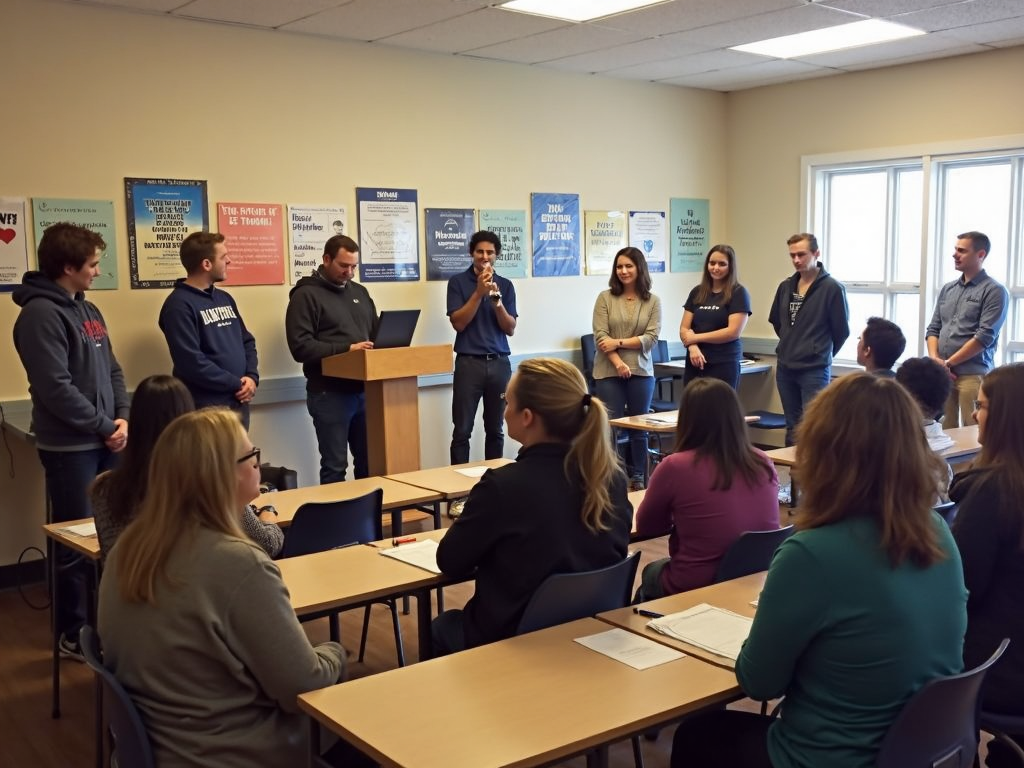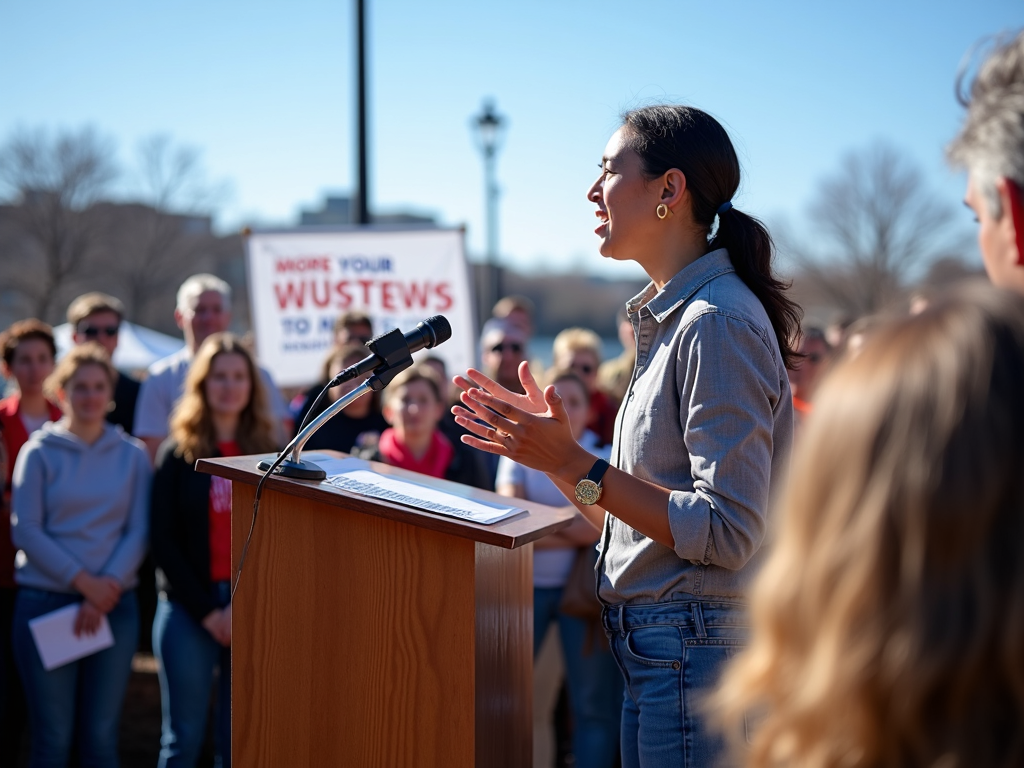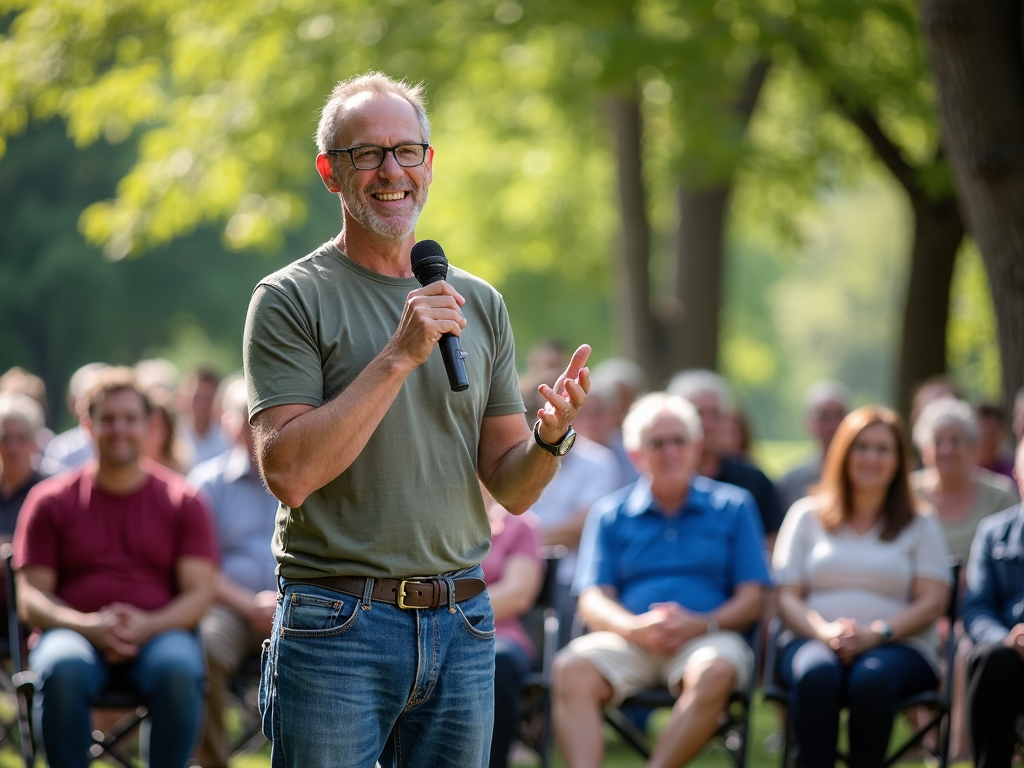Mastering Public Speaking for Advocacy: A Volunteer's Guide to Making an Impact
By , June 12, 2025
Overview
Public speaking can transform your advocacy efforts, giving volunteers the power to inspire and influence. Whether you're new to speaking or looking to improve, this guide offers actionable steps and personal insights to help you master public speaking for advocacy and make a real difference.

Why Public Speaking Matters in Advocacy
When you step up to speak for a cause, you’re not just sharing words—you’re building a bridge between your message and your audience. Advocacy relies on connection, and public speaking is one of the most effective ways to make that happen. It’s a skill that can turn a quiet volunteer into a powerful voice for change.
For anyone taking on advocacy volunteer roles and responsibilities, speaking confidently can amplify your impact. I’ve seen it myself: a single speech can spark action, shift opinions, or even change policies. But it’s not magic—it’s a skill you can learn with practice and intention.
Getting Started: Build Your Foundation
Before you can inspire others, you need a solid starting point. Here’s how to begin:
- Find Your Why: Ask yourself why this cause matters to you. That passion will fuel your words.
- Know Your Audience: Are you speaking to supporters, skeptics, or decision-makers? Understanding them shapes your message.
- Keep It Simple: Focus on one clear idea. Don’t overwhelm your listeners with too many details.
My Experience: When I first spoke about a local environmental issue, I was nervous and overloaded my speech with facts. It fell flat. Later, I learned to focus on one key point—like why clean water matters to families—and it hit home.

Preparing Your Speech
A great speech doesn’t happen by accident. Preparation is where the magic starts. Try these steps:
- Write a Strong Opening: Grab attention with a question, a story, or a bold statement.
- Organize Your Thoughts: Break your speech into three parts: an opening, a main message, and a closing call to action.
- Practice Out Loud: Say it over and over until it feels natural. Time yourself to stay concise.
I used to write long speeches and memorize them word-for-word. It was exhausting. Now, I outline my key points and practice speaking naturally. It’s less stressful and sounds more authentic.
Delivering with Confidence
The moment you step up to speak, it’s all about connection. Here’s how to shine:
- Start Strong: Smile, stand tall, and pause before you begin. It sets the tone.
- Speak Clearly: Slow down and pronounce your words. It’s not a race.
- Engage the Room: Look at your audience, not your notes. Share a story they can relate to.
My Tip: Early on, I froze mid-speech. My hands shook, and I forgot everything. Then I took a deep breath and told the crowd how much the cause meant to me. They cheered, and I kept going. Being real can save you.

Facing Your Fears
Let’s be honest—public speaking can be scary. But you can push through. Here’s a quick guide:
| Fear | How to Beat It |
|---|---|
| Stage Fright | Practice in small groups first. |
| Going Blank | Keep short notes handy, not a script. |
| Tough Questions | Listen, stay calm, and admit if you don’t know. |
Once, an audience member challenged my facts. I panicked but said, ‘I’ll double-check that and follow up.’ They respected my honesty, and I learned to prep better next time.
Tips from the Pros
Experts agree: practice and authenticity are key. Toastmasters International, a leader in public speaking training, suggests recording yourself to spot habits like saying ‘um’ too much (Toastmasters.org). I tried it, and it worked—my delivery got smoother fast.
Another tip? Watch great speakers. I studied advocates like Malala Yousafzai. Her calm, clear style showed me how less can be more.

Putting It All Together
Mastering public speaking for advocacy takes time, but every step forward counts. Start with a small group, refine your message, and let your passion shine. As a volunteer, your voice can spark the change you want to see.
I went from shaky knees to leading rallies by practicing these steps. You can too. The more you speak, the stronger your advocacy becomes.
Summary
Mastering public speaking for advocacy is about preparation, confidence, and heart. This guide shared simple steps and real stories to help you grow as a speaker. Start today—practice, connect, and speak up. Your cause needs your voice, and you’re ready to make it heard.